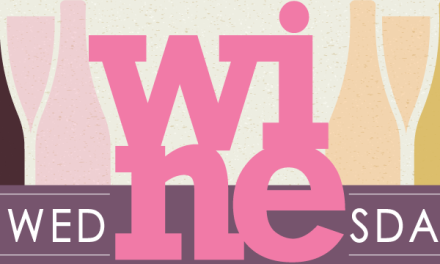“Wine is a living liquid containing no preservatives. Its life cycle comprises youth, maturity, old age, and death. When not treated with reasonable respect it will sicken and die.” – attributed to the late Julia Child
Decanting Wine
Decanting wine is really only necessary with older wines to allow the wine to breath and may even improve the flavor of the older reds. It also helps with wines that have a lot of sediment. If the wine has been upright for some time you can pour it into the decanter straight away. If not, let the bottle stand upright for a short time to allow the sediment to sink to the bottom of bottle. Slowly pour the wine (bottle at an angle) into the decanter. You can also pour the wine through a piece of cloth like cheesecloth – so that any sediment collects on top of the cloth. Of course, you can pour younger wines into a decanter, which will help with aeration but I would say the decanter is more for decorative appeal in these cases. I always like to use a decanter when I have friends over for dinner, it just looks nicer.
Types of Wine Glasses
Part of the pleasure of wine is its color and aroma, so wine glasses should be clear, and large enough to let the aroma develop. Try not to fill a wine glass more than half full. The shape of a wine glass is also important. While there are many varying sizes and shapes of glasses here are the four basics for the average wine drinker…
Champagne/Sparking Wines: A tall, narrow glass is used which helps preserve the bubbles.
White Wines: A tulip/U-shaped glass is used, which helps contain the aroma and keeps the wine at a cooler temperature.
Red Wines: A more rounded bowl-like glass is used so that wine can aerate more.
Dessert Wines: Usually much smaller as dessert wines generally have a higher alcohol content, which makes them perfect for smaller servings.
A standard selection of traditionally shaped wine glasses
There are of course “all purpose” wine glasses. These are the types of glasses you see at wine tastings. In fact, the ISO has standardized a series of wine glasses for wine tasting from port and sherry to red and white wines. “The tasting glass consists of a cup (an “elongated egg”) supported by a stem resting on a base. The opening of the cup is narrower than the convex part so as to concentrate the bouquet. Further are given physical, dimensional and special characteristics. An annex comprises recommendations for use.” The all-purpose wine glass has a slight curve at the top to hold in the bouquet. The rule of thumb is that while you can drink white wine out of a red wine glass you shouldn’t drink red wine out of a white wine glass.
I always, even at home alone, use one of the three types of wine glasses (I rarely drink dessert wine.) I know some of my friends have laughed at me for telling them off for drinking red wine out of a white wine glass. It’s just not right!








